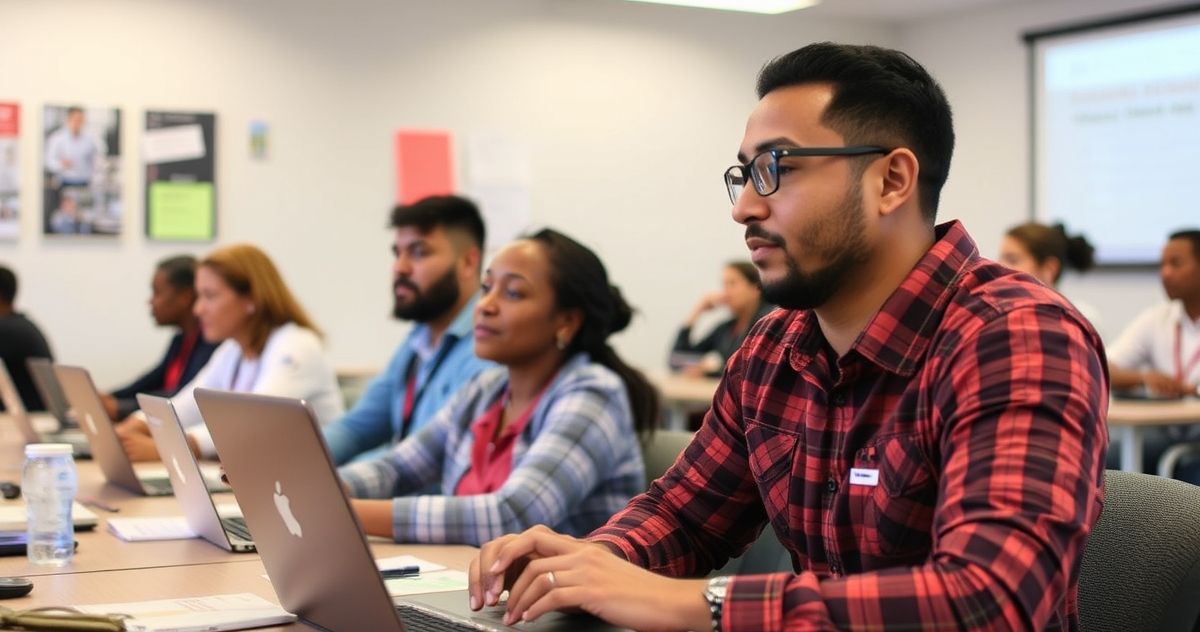In 2025, the rapid advancement of artificial intelligence (AI) continues to reshape the employment landscape. According to the latest report from the Society for Human Resource Management (SHRM), approximately 19.2 million jobs in the U.S.—about 12.6% of the workforce—are at high or very high risk of being displaced by automation (source).
Sectors Most Affected
The SHRM report highlights several industries where AI poses the greatest threat to employment:
- Business and Financial Operations: Approximately 19.9% of jobs in this sector are at risk, as AI systems increasingly handle tasks like data analysis, risk assessment, and financial forecasting .
- Administrative Support: Routine tasks such as scheduling, record-keeping, and basic communication are being automated, leading to potential job reductions .
- Manufacturing: Automation of assembly lines and quality control processes threatens traditional manufacturing roles .
Conversely, sectors like life sciences show a lower risk, with only 4.7% of jobs potentially affected, due to the specialized and human-centric nature of the work .
The AI+HI=ROI Strategy
To address these challenges, SHRM advocates for the AI+HI=ROI approach, emphasizing the integration of Artificial Intelligence (AI) with Human Intelligence (HI) to maximize Return on Investment (ROI). This strategy involves:
- Reskilling Programs: Implementing training initiatives to equip employees with skills relevant to the evolving job market.
- Human-AI Collaboration: Encouraging a symbiotic relationship where AI handles repetitive tasks, allowing humans to focus on strategic and creative endeavors.
- Continuous Learning: Fostering a culture of lifelong learning to ensure adaptability in a rapidly changing environment.
Global Implications
The impact of AI on employment is not confined to the U.S. In India, for instance, it’s projected that 69% of formal employment could be automated by 2030 (source). This global trend underscores the urgency for international collaboration in developing policies and strategies to manage the transition.
Conclusion
The SHRM report serves as a wake-up call for organizations and policymakers. Proactive measures, such as embracing the AI+HI=ROI strategy, are essential to mitigate the adverse effects of automation. By investing in human capital and fostering adaptability, society can navigate the challenges of AI-driven transformation and harness its potential for positive change.



